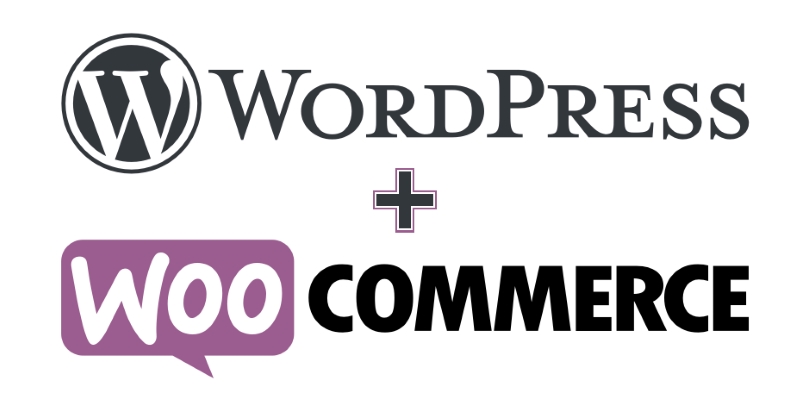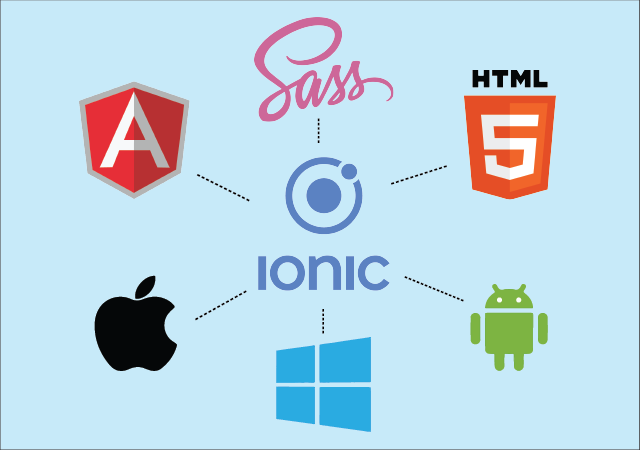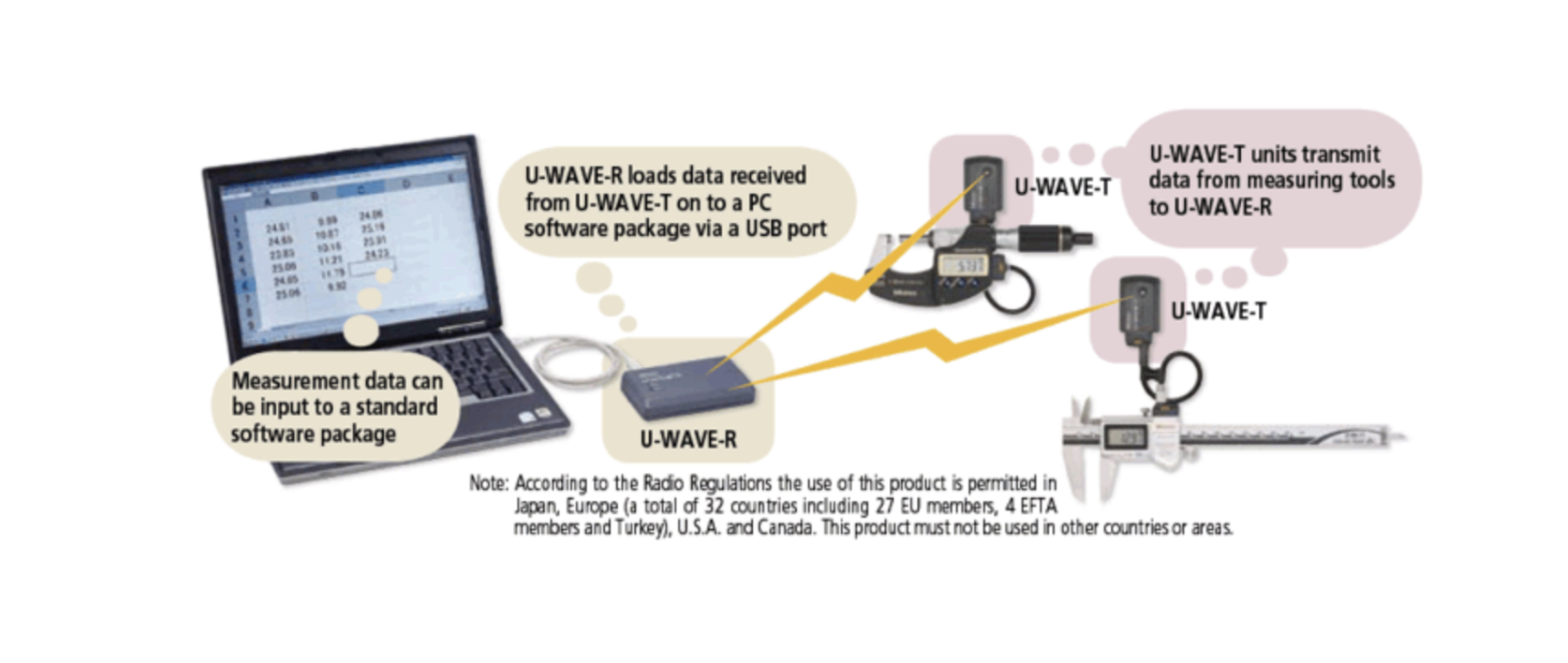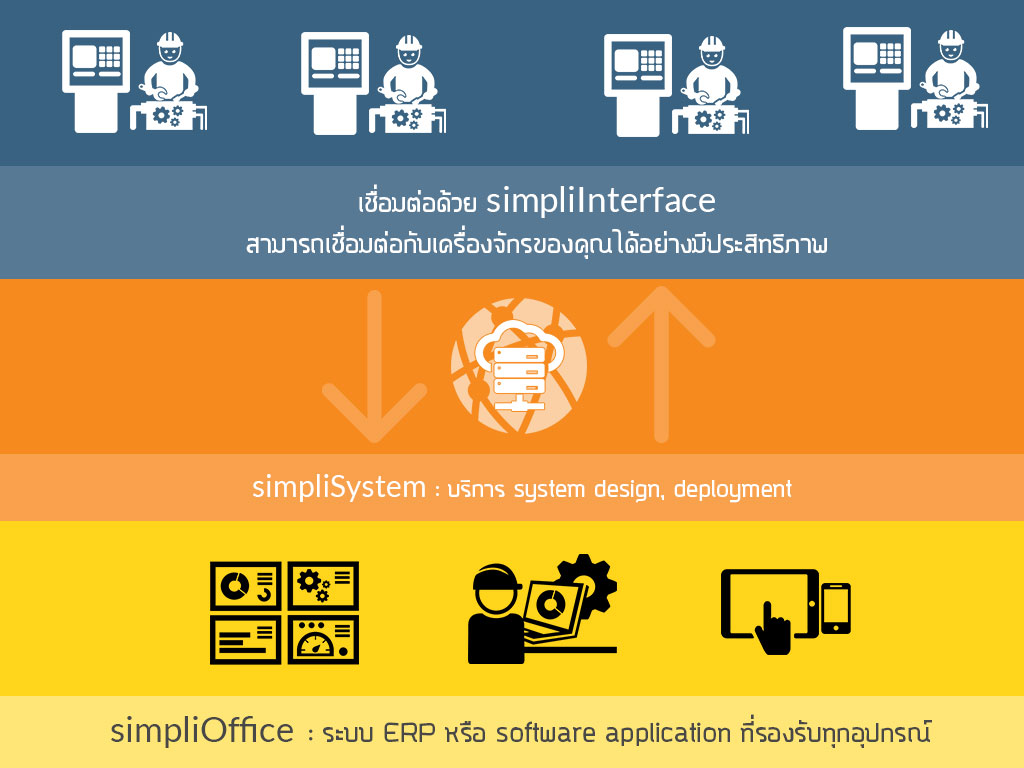How to Encrypt Patient Data in Hospitals: Ensuring Healthcare Data Security
In today’s era, where medical data is increasingly digitized, protecting patient information has become crucial. Hospitals handle highly sensitive data, such as health records, treatment history, and personal patient information. Data encryption is one of the most important tools to safeguard this data from unauthorized access or cyberattacks.
In this article, we’ll explain what patient data encryption is, how it works, and best practices for applying encryption in hospital systems.
What is Data Encryption?
Data encryption is the process of transforming readable information (plaintext) into unreadable data (ciphertext) to prevent unauthorized access. This data can only be decrypted (converted back to readable form) by using a proper decryption key. Encryption is a vital component in securing data in digital systems.
In hospitals, data encryption is used to protect sensitive personal and medical information from being accessed or stolen by unauthorized individuals or cybercriminals.
Why is Encrypting Patient Data Important?
Patient data is among the most sensitive information handled digitally. It includes personal details like names, addresses, health insurance numbers, and medical history. This makes patient data highly valuable on the black market and a target for cyberattacks.
The importance of encrypting data in hospitals includes:
- Protecting data from cyberattacks: Attacks targeting patient data, such as ransomware or data breaches, can expose unencrypted information, making it easily accessible to attackers.
- Compliance with data protection laws: Hospitals must comply with strict data protection laws, such as HIPAA (Health Insurance Portability and Accountability Act) in the United States or GDPR (General Data Protection Regulation) in Europe, which require robust data security measures.
- Protecting patient privacy: Encrypting patient data ensures that their personal and health-related information remains confidential and safe from unauthorized access.
- Reducing the risk of data breaches: If encrypted data is stolen, it remains unreadable without the decryption key, minimizing the risk of misuse.
How to Encrypt Patient Data in Hospitals
There are several methods for encrypting patient data in hospitals, each tailored to different scenarios and security requirements. Let’s explore key encryption processes and how to implement them effectively:
1. Encryption at Rest
Encrypting data at rest refers to securing data that is stored in databases, hard drives, or other storage systems in hospitals. This protects the data from being accessed if the storage devices are stolen or compromised.
Open-source tools for encryption at rest:
- VeraCrypt: An open-source tool for encrypting hard drives, files, and partitions to safeguard data stored on devices.
- LUKS (Linux Unified Key Setup): A popular encryption tool available on Linux systems for encrypting entire disks or partitions.
2. Encryption in Transit
Data in transit refers to data being transferred between devices, such as from a hospital server to a patient’s device or to the cloud. Encrypting data during transfer ensures that it cannot be intercepted or tampered with during transmission.
Open-source tools for encryption in transit:
- OpenSSL: A widely used open-source tool for securing data transmission through HTTPS, TLS (Transport Layer Security), and SSL (Secure Sockets Layer) protocols to prevent eavesdropping or data manipulation.
- stunnel: An open-source tool for creating secure SSL/TLS tunnels over unsecured communication channels.
3. Database Encryption
Encrypting data at the database level ensures that all information stored in the database is secure. The data is decrypted only when authorized users request access, protecting it from direct attacks on the database.
Open-source database encryption tools:
- PostgreSQL Transparent Data Encryption (TDE): A feature of the open-source PostgreSQL database that enables data to be encrypted while stored on disk.
- MySQL Enterprise Encryption: While part of the paid version, the open-source version of MySQL also supports encryption features that can be utilized for securing patient data.
4. Encryption Key Management
Managing encryption keys is critical to ensuring secure encryption processes. Hospitals need to implement strong key management practices, such as key rotation, secure key storage, and controlled key access.
Open-source tools for encryption key management:
- HashiCorp Vault: An open-source tool for securely managing encryption keys, secrets, and sensitive data, with built-in capabilities for key rotation and access control.
- Barbican: An open-source key management service from OpenStack, designed to securely store and manage encryption keys and other sensitive information.
Best Practices for Encrypting Patient Data
Now that we understand how to encrypt patient data, here are some best practices to follow in hospitals:
- Use strong encryption: Always select encryption standards that are widely accepted, such as AES-256 for encrypting data at rest and TLS 1.2 or above for data in transit.
- Integrate with secure key management systems: Use reliable key management tools like HashiCorp Vault to store, rotate, and manage encryption keys.
- Encrypt all types of data: Ensure that not only stored data but also data in transit and data in databases are encrypted.
- Train staff: Ensure that staff involved in handling sensitive data are trained in using encryption systems and following security protocols.
- Regularly audit and update: Periodically review and update encryption practices to stay ahead of emerging security threats.
Conclusion
Encrypting patient data is one of the most crucial tools for protecting sensitive healthcare information in hospitals. By applying encryption at different levels—at rest, in transit, and at the database level—hospitals can safeguard patient data from unauthorized access. Additionally, using open-source tools like VeraCrypt, OpenSSL, PostgreSQL TDE, and HashiCorp Vault ensures that the data is stored and managed securely without compromising on cost.
If you’re a healthcare provider or an IT professional in a hospital, implementing strong encryption practices will help protect your patient data and reduce the risks associated with cyberattacks.
Get in Touch with us
Related Posts
- What Is an LPU? A Practical Introduction and Real‑World Applications
- 面向软件工程师的网络安全术语对照表
- Cybersecurity Terms Explained for Software Developers
- 现代网络安全监控与事件响应系统设计 基于 Wazuh、SOAR 与威胁情报的可落地架构实践
- Building a Modern Cybersecurity Monitoring & Response System. A Practical Architecture Using Wazuh, SOAR, and Threat Intelligence
- AI 时代的经典编程思想
- Classic Programming Concepts in the Age of AI
- SimpliPOSFlex. 面向真实作业现场的 POS 系统(中国市场版)
- SimpliPOSFlex. The POS Designed for Businesses Where Reality Matters
- 经典编程思维 —— 向 Kernighan & Pike 学习
- Classic Programming Thinking: What We Still Learn from Kernighan & Pike
- 在开始写代码之前:我们一定会先问客户的 5 个问题
- Before Writing Code: The 5 Questions We Always Ask Our Clients
- 为什么“能赚钱的系统”未必拥有真正的价值
- Why Profitable Systems Can Still Have No Real Value
- 她的世界
- Her World
- Temporal × 本地大模型 × Robot Framework 面向中国企业的可靠业务自动化架构实践
- Building Reliable Office Automation with Temporal, Local LLMs, and Robot Framework
- RPA + AI: 为什么没有“智能”的自动化一定失败, 而没有“治理”的智能同样不可落地














